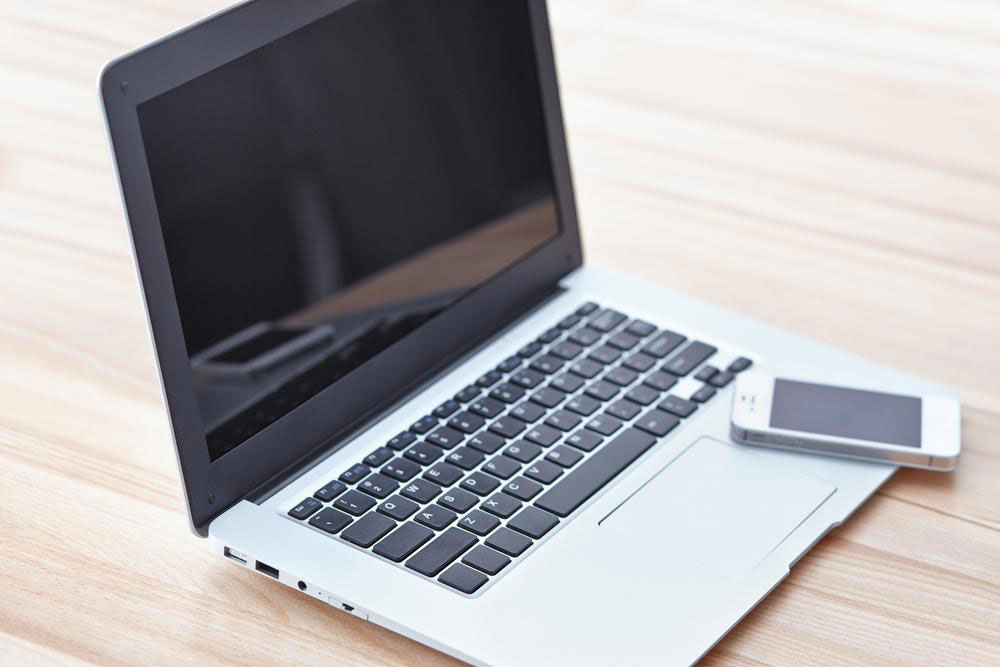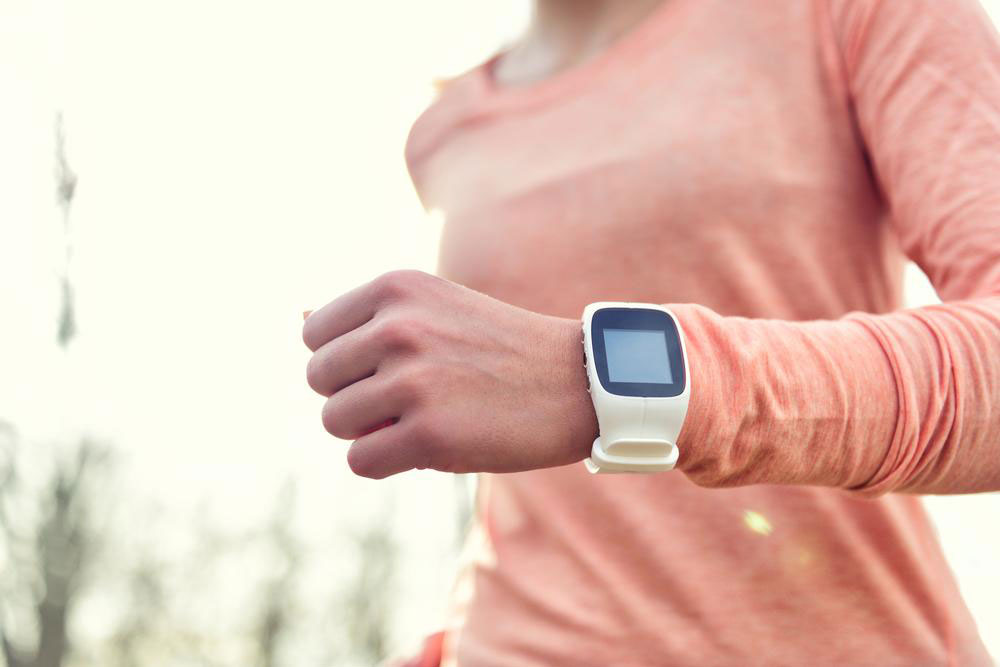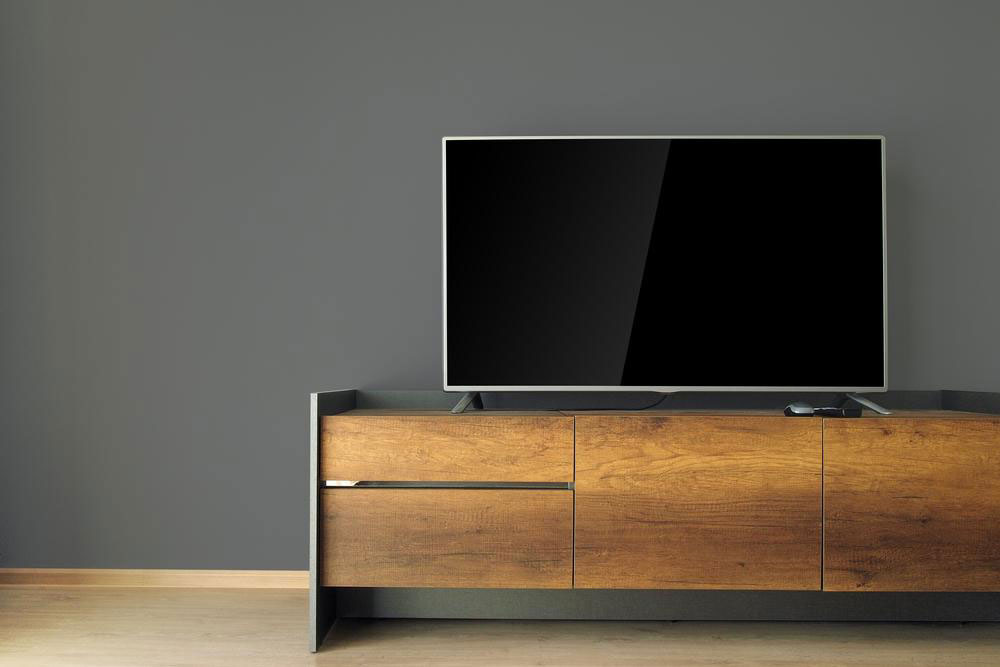Guide to Choosing Business Laptops Based on Operating Systems
Choosing the right business laptop depends on size, operating system, and budget. This guide compares Chrome OS, MacOS, and Windows laptops, highlighting features, portability, and performance. Budget options and performance tips are also included to help users find the best device within their price range. Whether for basic tasks or demanding workloads, understanding these factors ensures an informed purchase tailored to business needs.

Key Factors to Compare Business Laptops by Operating System
Selecting the ideal business laptop can be challenging due to the wide variety of models available today. Several factors can help streamline your decision-making process, including:
Size: The display size significantly influences portability and usability.
11 to 12-inch laptops are ultra-lightweight and slim, weighing roughly 2.5 to 3.5 pounds.
Models under 4 pounds with 13 to 14-inch screens offer a good mix of portability, battery life, and comfort.
Laptops around 15 inches, weighing between 4.5 to 6.5 pounds, are among the most popular choices. They strike a balance between portability and performance, making them ideal for business use.
For tasks demanding higher processing power typical of workstations, 17- to 18-inch models are best when used on desks for extended periods.
Platform: Operating System: Windows, Mac, or Chrome?
Most laptops operate on Windows, MacOS, or Chrome OS. Each has distinct features influencing usability and performance.
Chrome OS: Chromebooks like the Lenovo 100S, running Google’s Chrome OS, are affordable and portable. Their interface resembles Windows, with a desktop, app menu, and window drag capability. Web applications work well, but offline functionality can be limited. They are best suited for basic tasks such as emailing, browsing, and social media, with excellent battery life.
MacOS: Apple’s MacBook series runs MacOS Sierra, which closely mirrors Windows 10 in functionality. The interface includes a dock for apps and a menu bar, with Siri as the digital assistant. MacBooks are favored for their sleek design and reliable performance.
Windows: Windows 10 offers high customization and a broad range of features, including options for dual graphics, touchscreen capability, and biometric security. Prices vary from affordable models to premium machines equipped with advanced features.
Budget considerations: Budget-friendly business laptops typically range from $150 to $250. These often include Chromebooks or entry-level Windows notebooks with limited storage and processing power, such as the Lenovo IdeaPad 100S or HP Stream, which feature slower processors.
For better performance within a reasonable budget ($350–$600), look for laptops with an Intel Core i5 or AMD A8 processor, 4–8GB RAM, and a 500GB HDD.










